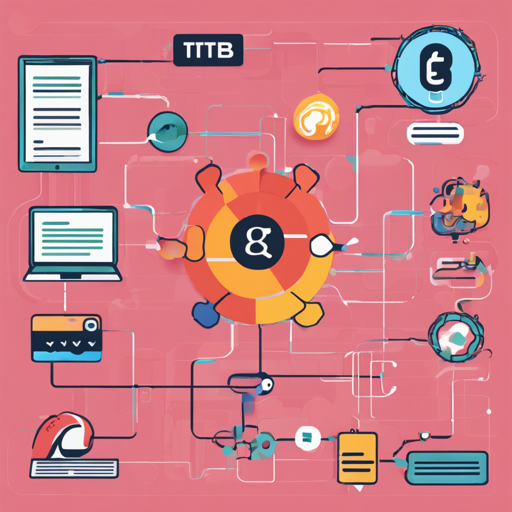If you’re diving into the world of Python development and want to streamline your workflow, Continuous Integration (CI) is a vital practice you should embrace. This article will guide you on how to set up CI for your Python projects using GitHub Actions. Let’s make your coding experience smoother and more efficient!
What is Continuous Integration?
Continuous Integration is a software development practice where members of a team integrate their work frequently, ideally several times a day. Each integration is verified by an automated build and tests to detect integration errors as quickly as possible.
Setting Up GitHub Actions for Python
To get started with GitHub Actions for your Python project, follow these steps:
- Step 1: Create a GitHub repository for your Python project.
- Step 2: Inside your repository, create a folder named
.github/workflows. - Step 3: Add a YAML file (for example,
python-ci.yml) into the workflows folder to define your CI pipeline. - Step 4: In the YAML file, set up jobs to install dependencies, run tests, and lint your code.
Sample Configuration for GitHub Actions
name: Python CI
on: [push, pull_request]
jobs:
build:
runs-on: ubuntu-latest
steps:
- uses: actions/checkout@v2
- name: Set up Python
uses: actions/setup-python@v2
with:
python-version: '3.8'
- name: Install dependencies
run: |
python -m pip install --upgrade pip
pip install -r requirements.txt
- name: Run tests
run: |
pytest
Breaking Down the Configuration: An Analogy
Think of your GitHub Actions setup as a well-organized kitchen in a restaurant. Each section in the kitchen has a purpose:
- Preparation Area (runs-on: ubuntu-latest): This is where your ingredients (code) are ready for use.
- Cooking Steps (steps:): These are the cooking instructions you follow. Just like following a recipe step by step, you check out your code, set up Python, install dependencies, and run tests.
- Final Testing (run: pytest): This is your tasting phase to ensure everything works as intended before serving the dish (deploying the code).
Troubleshooting Common Issues
While setting up CI can make your life easier, you might run into some bumps along the road. Here are a few troubleshooting tips:
- Issue: CI fails at installing dependencies.
- Solution: Ensure that your
requirements.txtfile is in place and correctly listed. - Issue: Tests aren’t running as expected.
- Solution: Check if
pytestis installed and configured correctly. Ensure your test files follow the naming conventions. - Issue: GitHub Actions not triggering.
- Solution: Verify that your
on:events (like push or pull_request) in the YAML file are set appropriately.
For more insights, updates, or to collaborate on AI development projects, stay connected with fxis.ai.
Conclusion
Setting up Continuous Integration with GitHub Actions for your Python project is a fantastic way to improve your development process. You ensure greater code quality and efficiency, allowing you to focus more on coding and less on debugging in the future.
At fxis.ai, we believe that such advancements are crucial for the future of AI, as they enable more comprehensive and effective solutions. Our team is continually exploring new methodologies to push the envelope in artificial intelligence, ensuring that our clients benefit from the latest technological innovations.

